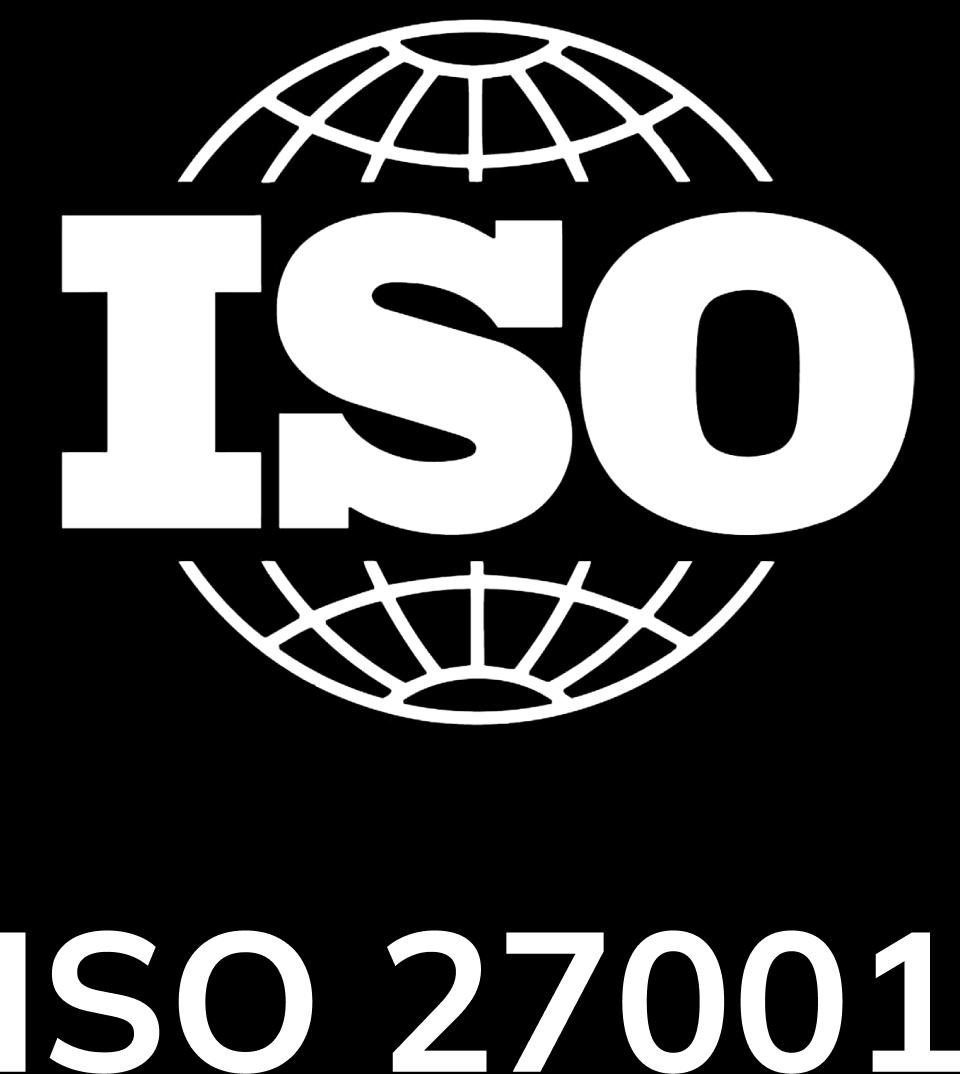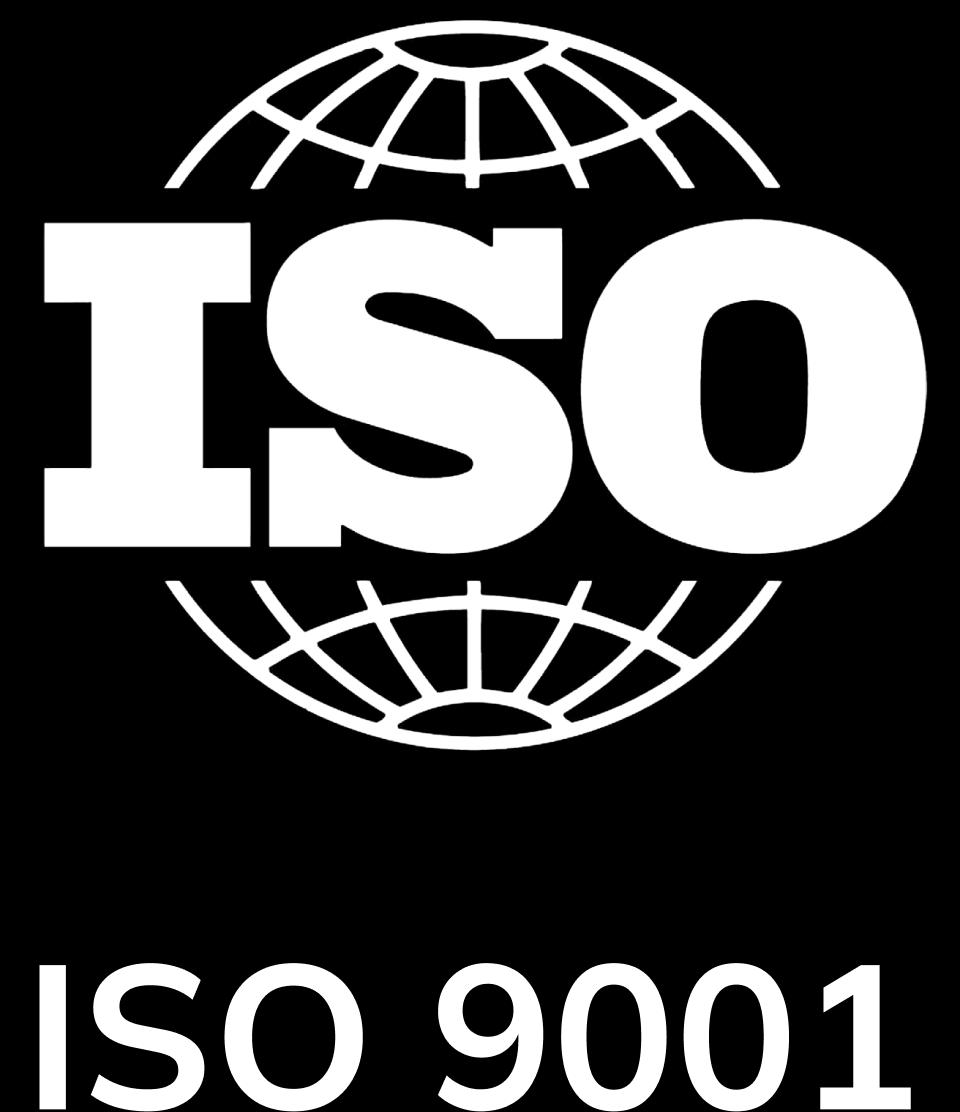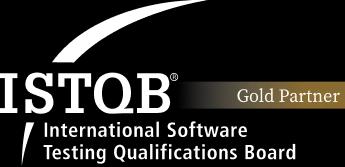
What is Software Development? Development Process & Trends in 2025
Software development is a vital and ever-evolving field in the digital technology era. From simple mobile applications to complex enterprise systems, software plays a crucial role in optimizing processes, enhancing efficiency, and delivering seamless user experiences. However, software development is not an easy task; it requires the integration of various elements such as requirement analysis, design, programming, testing, and deployment.
In this article, Tokyo Tech Lab provides a comprehensive view of software development, including: Definitions, Software development processes, Popular development models, Challenges faced by developers, Tools and platforms supporting development
Additionally, we explore prominent software development trends in 2025 to help businesses and developers keep up with significant industry changes.
I. What is Software Development?
Software development is the process of creating, designing, maintaining, and upgrading computer programs or systems to meet specific user or business needs. This process involves multiple stages, such as requirement analysis, system design, programming, testing, deployment, and maintenance.

The primary goal of software development is to deliver efficient solutions that automate tasks, optimize processes, and improve user experiences. It is a crucial field that drives innovation and growth across all industries.
II. Common Types of Software
1. System Software
System software is the most fundamental type, acting as a bridge between hardware and other software. It includes operating systems like Windows, macOS, Linux, and device management programs such as drivers. System software manages computer resources, coordinates interactions between hardware and application software, and ensures smooth and stable operations.
2. Application Software
Application software is designed to meet specific user needs. Examples include Microsoft Office (Word, Excel, PowerPoint), Adobe Photoshop, and mobile applications like Zalo or Grab. This type of software focuses on providing solutions for particular tasks, such as word processing, image editing, or online shopping.
3. Programming Software
Programming software supports developers in writing, developing, and debugging code. Popular tools like Visual Studio, IntelliJ IDEA, Eclipse, and compilers like GCC fall into this category. These tools offer professional working environments with features like syntax error detection, code suggestions, and program simulation.
4. Embedded Software
Embedded software is integrated directly into hardware and is commonly found in devices like smart TVs, washing machines, or automotive control systems. It operates independently and is designed to perform specific tasks efficiently. With the rise of the Internet of Things (IoT), embedded software is playing an increasingly vital role in connecting and automating devices.
5. Software as a Service (SaaS)
SaaS is a model that provides software via the Internet, allowing users to access and use it directly without installation on personal devices. With SaaS, all data and applications are stored in the cloud, and users only need a web browser to access them.
Examples of SaaS include Google Workspace (Gmail, Google Drive, Google Docs), Microsoft 365, Salesforce, and Zoom. SaaS offers several benefits, such as reduced deployment costs, easy version updates, and accessibility from anywhere. This flexibility and efficiency make it particularly beneficial for businesses and organizations looking for digital solutions.
With the robust growth of cloud technology, SaaS is becoming a dominant trend in the software industry, opening up new opportunities for providers and users alike.
III. Software Development Process
Software development is a structured and methodical process, involving multiple stages to ensure the final product meets customer requirements, operates reliably, and is easy to maintain in the future. Below is a detailed breakdown of each step in this process:
1. Planning and Requirements Analysis
This phase begins by understanding customer needs and defining project goals. The development team works closely with the customer and stakeholders to identify requirements, user demographics, and essential features of the software. These details are analyzed to evaluate technical feasibility, time, and budget constraints. All requirements are consolidated into a Software Requirement Specification (SRS) document, serving as the guiding blueprint for the entire project.

2. System Design
Once the requirements are clearly defined, the technical team moves on to system design, transitioning ideas into detailed blueprints for development.
-
Software Architecture: This establishes how the system's components will be organized and operated. Depending on the project's scale and goals, the team may adopt architectures like layered, microservices, or serverless to ensure scalability, maintainability, and efficient operation. For example, in an e-commerce application, a microservices architecture is often used to divide the system into smaller modules, such as product management, payment processing, and user management.
-
Database Design: This ensures that data is stored and retrieved optimally. Tools like MySQL Workbench or Microsoft Visio are used to create Entity-Relationship Diagrams (ERDs), detailing tables, fields, and their relationships. This makes the database structure robust, easy to manage, and capable of handling complex software requirements.
-
UI/UX Design: Focused on creating intuitive and user-friendly experiences, designers use tools like Figma or Adobe XD to develop wireframes, helping clients visualize how the software will function and interact with users. Elements like color schemes, layouts, and interactive features are optimized to provide the best possible user experience.
The output of this stage is a detailed plan, including architectural diagrams, database models, and interface prototypes, forming the foundation for coding and development.
3. Coding and Development
With the design phase complete, the development team begins coding, transforming the blueprints into a working product. Developers write source code using suitable programming languages, such as Python, Java, or C#. Strict standards are followed to ensure maintainable and error-free code. Tools like Git are often used for version control, enabling multiple developers to collaborate on a project without conflicts. During this phase, software modules are progressively built and integrated to form a complete system.

4. Software Testing
Before deployment, the software undergoes rigorous testing to ensure quality. Common testing types include:
- Functional Testing: Ensures the software works as intended.
- Performance Testing: Assesses software performance under heavy loads.
- Security Testing: Verifies the software is protected against threats.
- User Acceptance Testing (UAT): Ensures the software meets end-user expectations.
This phase helps identify and address any issues, ensuring the software functions according to requirements and satisfies user expectations.
5. Deployment
Once the software passes all testing phases, it is deployed to the production environment. This process includes installing the software on servers, configuring technical settings, and training end-users. During the initial period, the technical support team closely monitors operations, resolving any issues promptly. For instance, in deploying an enterprise management application, employees receive training and continuous technical support during the rollout phase.

6. Maintenance and Upgrades
After deployment, periodic maintenance ensures the software remains stable and meets evolving customer needs. This phase includes bug fixes, feature updates, and performance improvements. Effective maintenance not only keeps the software relevant but also extends its lifespan.
The software development process is a continuous lifecycle, ensuring that products are developed correctly, operate efficiently, and adapt to future changes. Each step plays a crucial role in delivering high-quality software solutions to meet diverse market demands.
IV. Popular Software Development Models
In software development, selecting the right model plays a vital role in ensuring project timelines, quality, and efficiency. Below are some of the most commonly used software development models, each with its advantages and limitations, tailored to specific project needs:
1. Waterfall Model
The Waterfall Model is a traditional approach to software development, where each phase is executed sequentially, including requirement analysis, design, programming, testing, deployment, and maintenance. Its strengths lie in its simplicity and ease of management, making it suitable for projects with clear and unchanging requirements. However, it lacks flexibility, making it unsuitable for complex or long-term projects where requirements may evolve.

2. Spiral Model
The Spiral Model combines aspects of the Waterfall Model and iterative processes, emphasizing risk management throughout the project lifecycle. Projects are divided into iterations, each involving planning, risk analysis, development, and testing. This model is highly effective for managing risks and is suitable for large and complex projects. However, its high cost and time requirements necessitate continuous stakeholder involvement.

3. Agile Model
Agile is a flexible development method that breaks projects into short cycles (sprints), typically lasting 2–4 weeks. Each sprint develops, tests, and delivers a functional software increment. Agile promotes close collaboration among team members and quick responses to changes, making it ideal for projects requiring high flexibility and frequent updates. However, it demands experienced teams with strong teamwork skills.

4. Iterative Model
The Iterative Model emphasizes software development through multiple iterations. In each iteration, a part of the product is designed, developed, and tested, then improved in subsequent cycles. This approach allows for early user feedback and continuous improvement. However, it can be resource-intensive if not well-managed.

5. Incremental Model
The Incremental Model divides the project into smaller modules, each developed and tested independently before integration into the main system. Software is built gradually through multiple releases, enabling users to experience and provide feedback early. This model is suitable for complex projects requiring step-by-step development to mitigate risks. However, integrating modules may pose challenges if not carefully planned.

6. V-Model
The V-Model is an extension of the Waterfall Model, emphasizing a strong relationship between development and testing phases. Each development phase corresponds to a testing phase, ensuring quality control from the outset. This model is ideal for projects requiring high reliability, such as medical or aviation software. However, it lacks flexibility and is unsuitable for projects with frequently changing requirements.

7. Scrum Model
Scrum is a framework within Agile that focuses on managing and developing software through short sprints. Scrum emphasizes regular meetings, such as Daily Standups, Sprint Planning, and Sprint Reviews, to ensure transparency and continuous communication among team members. It is ideal for projects requiring frequent changes and close collaboration. However, Scrum demands high commitment from the team and may not suit inexperienced groups.

8. Rapid Application Development (RAD)
RAD focuses on rapid software development using advanced tools and methodologies like visual programming, reusable modules, and fast integration. It is suitable for projects needing quick delivery and active client involvement throughout development. However, RAD requires a skilled team and is unsuitable for highly complex or large-scale projects.

Each software development model has its strengths and weaknesses. Choosing the right model depends on project characteristics, customer requirements, and available resources.
V. Challenges in Software Development
Software development is a complex process requiring coordination among technical, human, and procedural elements. With the rapid evolution of technology, software companies face significant challenges affecting project timelines and quality. Below are some common challenges in the software development industry:
1. Analyzing and Managing Complex Requirements
One of the greatest difficulties lies in identifying and managing customer requirements. Requirements may be unclear, conflicting, or change frequently during the development process. This results in time spent clarifying issues and increases the likelihood of misunderstandings between clients and the development team. Moreover, managing extensive requirements in large projects, including functional and non-functional requirements, demands specialized tools and methodologies such as Agile or Scrum to ensure transparency and better control.
2. Shortage of High-Quality Human Resources
The competitive tech industry has made attracting and retaining talent more challenging than ever. Software projects often require teams of engineers with deep expertise, strong programming skills, and effective teamwork. However, the availability of skilled professionals falls short of the growing market demand. This can delay project progress or impact the quality of the final product.
3. Integration with Existing Systems
In many cases, new software must be integrated with existing systems to ensure seamless operation and interconnectivity. However, this is not straightforward, particularly when existing systems are outdated or rely on incompatible technologies. This process requires developers to have in-depth knowledge of both old and new systems, along with the ability to address complex compatibility issues related to data and protocols.
4. Ensuring Security and Privacy
In the digital age, security and privacy have become top priorities for every software project. Cyber threats, from DDoS attacks and ransomware to vulnerabilities in source code, are increasingly sophisticated. Development teams must ensure that software is designed with integrated security measures, including data encryption, user authentication, and periodic security checks. Additionally, compliance with data protection laws such as GDPR (Europe) or CCPA (US) poses a major challenge for software companies.
These challenges not only require skills and experience from development teams but also demand close collaboration across departments, from project management to clients. Successfully identifying and addressing these issues is a key determinant of a software project’s success.
VI. Tools and Platforms Supporting Software Development
Software development is a complex process that relies on specialized tools and platforms to ensure efficiency and quality. These tools and platforms not only enhance productivity but also improve management, control, and optimization throughout a project. Below are some commonly used tools and platforms in software development:
1. Project Management Tools
Project management tools play a crucial role in planning, tracking progress, and coordinating work among team members.

- Jira: Designed specifically for Agile teams, Jira provides features like backlog creation, sprint progress tracking, and change request management. It is highly popular in large and complex software projects.
- Trello: With a simple Kanban board interface, Trello organizes tasks visually, making it ideal for small teams or medium-sized projects.
- Asana: Offering detailed planning and task tracking capabilities, Asana suits both software development teams and other departments within a business.
2. Programming Tools
Programming tools, or Integrated Development Environments (IDEs), help developers write, test, and debug source code effectively.

- Visual Studio: A powerful IDE supporting multiple programming languages such as C#, Python, and JavaScript, suitable for web, desktop, and mobile app projects.
- Eclipse: Favored by the Java development community, Eclipse offers robust plugins for rapid and flexible software development.
- IntelliJ IDEA: Renowned for Java and Kotlin application development, IntelliJ IDEA stands out for its intelligent auto-completion and code suggestions, saving developers significant time.
3. Testing Tools
Testing is a critical phase in software development, ensuring the product meets requirements and is free of errors.

- Selenium: An open-source tool supporting automated testing for web applications, Selenium helps detect errors quickly and reduces manual testing time.
- Postman: Widely used in API testing, Postman allows users to create, send, and validate API requests easily, ensuring accuracy and efficiency.
- JUnit: A testing framework for Java, JUnit supports writing and executing unit tests, enabling early error detection during development.
4. Software Development Platforms
Development platforms provide the necessary infrastructure and tools to deploy, manage, and scale software applications.

- AWS (Amazon Web Services): The world’s leading cloud platform, AWS offers hundreds of services such as storage, data processing, and AI/ML, catering to all types of businesses.
- Azure: Microsoft’s cloud platform, Azure integrates seamlessly with Microsoft tools like Visual Studio and Office 365, making it ideal for businesses within the Microsoft ecosystem.
- Google Cloud: Offering robust services for data processing, AI, and mobile app development, Google Cloud excels in areas like AI and data analytics.
These tools and platforms have made software development more professional and efficient, from planning and coding to testing and deployment. Selecting the right tools not only saves time for development teams but also ensures the final product is of the highest quality.
VII. Software Development Trends in 2025
The software industry is evolving rapidly, and 2025 promises new trends that will shape the future of this field. Below are the most notable trends in software development that businesses and developers should pay attention to:
1. Artificial Intelligence (AI) and Machine Learning
AI and Machine Learning continue to drive innovation in software development. AI not only enhances software performance but also offers advanced solutions such as intelligent chatbots, automated data analysis, and personalized user experiences. Tools like TensorFlow and PyTorch are widely used to build self-learning systems and trend prediction models, enabling businesses to optimize processes and make quicker decisions.
2. No-Code/Low-Code Development
No-Code/Low-Code platforms are becoming increasingly popular, especially for small businesses or individuals without deep programming expertise. Platforms like Bubble, OutSystems, and Microsoft Power Apps allow users to easily create applications by dragging and dropping components. This trend not only reduces development time but also helps businesses save costs and focus on rapidly deploying solutions tailored to their needs.
3. Blockchain Applications in Enterprise Software
Blockchain technology is expanding beyond cryptocurrencies into enterprise software applications. From supply chain management and smart contracts to payment systems, blockchain offers transparency, security, and immutability for data. Tools such as Ethereum, Hyperledger, and Binance Smart Chain are being utilized to develop blockchain applications across industries ranging from finance to healthcare.
4. Green Software Development
Sustainability and environmental protection are becoming top priorities in software development. Green Software is designed to optimize performance, minimize energy consumption, and reduce carbon emissions. Solutions such as lightweight code and hardware optimization are employed to mitigate environmental impact. This trend not only contributes to environmental preservation but also enhances brand reputation and compliance with environmental regulations.
5. Enhanced Security and Cybersecurity
With the rise in cyberattacks and security threats, software security is becoming a top priority. In 2025, advanced security tools like AI-driven threat detection, Zero Trust Security, and robust encryption will be deeply integrated into software development processes. Additionally, compliance with international regulations like GDPR (General Data Protection Regulation) and CCPA (California Consumer Privacy Act) is becoming mandatory to safeguard user data and mitigate legal risks.
These trends not only help the software industry grow stronger but also meet the increasing demands of businesses and users. Staying ahead of and adopting these trends will be a key factor in the success of organizations in the digital age.
VIII. Conclusion
Software development is a complex and ever-evolving process, with the emergence of new models, tools, and trends. Understanding the types of software, development processes, common models, and challenges will give businesses and developers a comprehensive view of this field.
In 2025, software development is not just about creating applications but also about solving real-world problems through innovation. To succeed, businesses and development teams must always be ready to learn and adapt to the constant changes in technology.
We hope this content is helpful to you. Don’t forget to follow us for more insightful knowledge about programming and technology trends in the digital era!
SHARE THIS ARTICLE
Author
Huyen TrangSEO & Marketing at Tokyo Tech Lab
Hello! I'm Huyen Trang, a marketing expert in the IT field with over 5 years of experience. Through my professional knowledge and hands-on experience, I always strive to provide our readers with valuable information about the IT industry.
More Posts



About Tokyo Tech Lab
Services and Solutions
Contact us
© 2023 Tokyo Tech Lab. All Rights Reserved.







